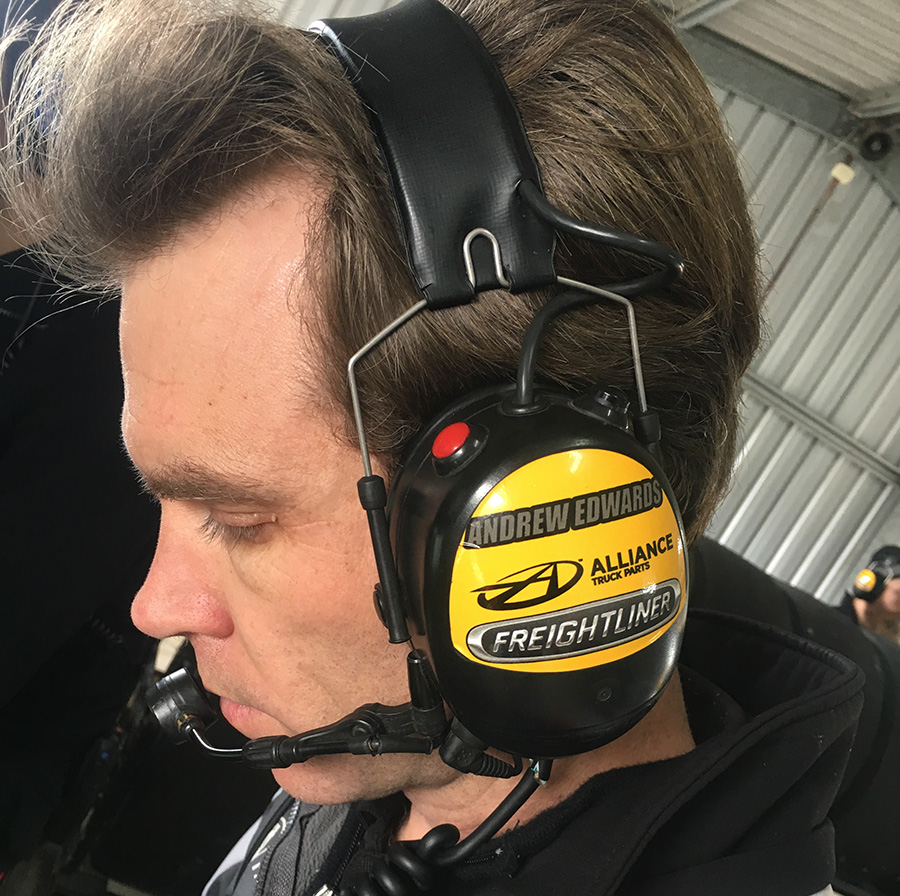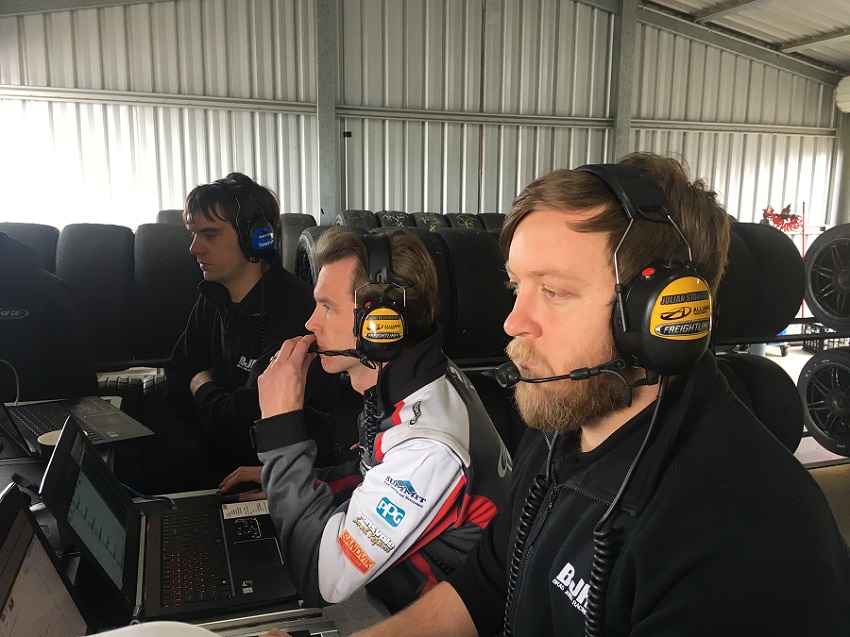Hearing protection for workers in the V8 Supercar pits

The roar of V8 supercars sparks excitement for the crowd, but for pit-stop workers, the loud noises bring numerous risks, including hearing loss and tinnitus. Pro Safety takes a look at risk management and hearing protection in the pits.
The supercar industry is filled with hazards and risks – from car accidents, to problems with heavy machinery, fuel or gas explosions and hearing damage.
The industry tries to limit potential hazards by enforcing specific operational rules alongside local, state and federal workplace health and safety regulations.
However, Peter Vale, general manager at Brad Jones Racing (BJR) explains that BJR also tries to improve their workers’ safety by constantly conducting risk assessments, reviewing protocols and providing training for crew members working in the pits.
In terms of hearing damage, BJR seeks to minimise the risk by providing comfortable and suitable hearing protection.

Safety and sound in the pits:
According to Australian work exposure standards, the acceptable daily noise dose for an eight hour day is around 85 decibels (dB). This is referred to as the “Safe Noise Threshold”, the level at which hearing protection must be worn.
However, Vale reports that the noise produced by wheel rattle guns and revving engines often exceeds 130 dB – the point at which people start to feel pain.
To cope with this, pit-stop workers either wear foam ear plugs, moulded ear plugs or ear cans – with or without radio speakers.
Choosing the right hearing protection is important as over-protective gear can be just as damaging as gear that isn’t protective enough.
“Hearing protection equipment is chosen by its fit for purpose and comfortability factor,” said Vale.
“It needs to block out the excessive noise but at the same time must not over-protect to avoid feelings of isolation and cause communication problems that may lead to inconsistent wearing of the hearing protection.”
In the pits, people often communicate via radio speakers, however Vale also explained that “visual cues such as hand signals and even certain looks are enough to ensure a message or command is understood or required to happen”.

Regulation:
Noise is intermittent during the race as cars come in and out of the pits. While Vale explained that it’s up to the crew to decide when and where they use hearing protection, BJR does have some guidelines about best practice.
“New crew members are informed of the dangers of excessive noise and taught common practices to protect themselves,” said Vale.
“Our Team Occupational Health Information requests that everybody wears protection when engines are running and that extends to guests. Pit-stop practice is the time we insist on protective gear.”
Hearing loss and tinnitus:
Hearing loss is easily preventable with the right hearing protection.
A study into noise exposure levels in construction found that subjection to loud noises can cause temporary hearing loss (which initially comes back within 12 to 48 hours) or – if experienced regularly – permanent damage.
One common symptom of hearing damage is Tinnitus – ringing, whistling or hissing in one or both ears. In an interview with Pro Safety Gear, Australian audiologist, Dr Ross Dineen explained that Tinnitus is not a ‘sound’, but is the noise of the auditory system as the brain tries to adjust for hearing damage.
Long term, Tinnitus can lead to intolerance to simple sounds like putting a cup on a bench or putting a saucepan in a sink.
According to Vale: “Once a hazard (such as loud noises) is identified, measures can be put in place to reduce the hazard (hearing protection) and improve the motorsport environment.”
“As long as crew members are diligent with their safety gear, hearing loss and other risks can be removed from the sport of motor racing,” he said.






































































